Popular on Food52
Continue After Advertisement
18 Comments
Lysander S.
December 11, 2020
Wow!! I'm not certain if I've ever heard such erroneous answers. If stored correctly neither white rice or dry pasta EVER goes bad! Freeze it for a week then package it in mylar, drop in a few oxygen absorbers & seal it! Canned vegetables, EXCEPT ACIDIC ONES LIKE TOMATOES... when stored correctly last decades.... that's WHY government milsurp experiments opened tins of Korean War food & found it still edible & WHY that can of corn was still edible after 20+ years. ALMOST ANY DRIED GOODS... BEANS, WHITE RICE, DRIED PASTA, POWDERED EGGS, PEPPER CORN(black pepper)OATS, POWDERED CHEESE, POWDERED TOMATOES etc are considered LONG TERM SURVIVAL FOODS & THE RICE, BEANS, PASTA HONEY, CERTAIN SPICES, ETC. ARE CALLED "FOREVER FOODS. It's critical to remember to STORE CORRECTLY & IN THE SAME TYPE CONTAINERS THE U.S. MILITARY DOES (they've done ALL the research & testing... duplicate what they do! USE VACUUM SEALED TINS OR VACUUM SEALED MILITARY GRADE MYLAR!!
Nicole S.
July 20, 2018
Dark chocolate, 70% and higher cacao content, keeps for years. Some keep better than others. For a while one very reputable company was selling chocolate that was years out of date, technically, as vintage.
You might like reading the website: Chocolate Ratings for more than 400 reviews of chocolate, mostly dark, from around the globe.
You might like reading the website: Chocolate Ratings for more than 400 reviews of chocolate, mostly dark, from around the globe.
Peggy Z.
November 20, 2016
Up north, I routinely stored dry goods in paper bags, plastic bags, sealed boxes, etc without much thought. Southwest Florida is an entirely different story. Here the inside temperature rarely gets below 75 because it would cost a fortune and, in reality, what you really want to do is remove humidity so my thermostat has a temperature and a humidity setting. When the temperature or humidity rises above this setting, the A/C kicks on. I like to keep the temperature around 77 and the humidity around 50%. One thing different about FL is that there is all manner of wildlife. Once could call FL the land of bugs! I keep everything that doesn't come in glass or metal cans in glass containers or very heavy plastic containers or in the refrigerator. Ants can and will chew through thinner plastic cannisters and, of course, paper, cardboard, plastic bags even some thinner plastic containers that, for instance, parmesan come in. for smaller items like spices, I usually put the jar in a large vacuum seal bag with the lid loosely closed on top and do the vacuum thing but no seal. the air is sucked out of the container and the loose cap seals down on the container after the vacuum bag is released. Outside air pressure keeps the lid firmly sealed but I usually screw it down or whatever to put the cap firmly in place so it can't be knocked loose accidentally. Besides ants, we have numerous types of cockroaches including those huge palmetto bugs and they all fly or can creep in through the tiniest cracks. We also have "house geckos" that live indooors and voraciously eat insects. Some consider them pests and some consider them welcome. I had a problem with small black dung flies that suddenly erupted in my cat's litter box. I did the appropriate pest control applications and hung a no pest strip from the ceiling over the litter box. Not only did I catch a whole lot of these very tiny flies but two of my house geckos were ensnared trying to walk down the pest strip to get to a tasty meal. Here in SW FL, geckos are so ubiquitous it is nearly impossible to keep them out of your house - they may dart inside anytime you open your doors (garage door included). My cat loves to play with the geckos and tree frogs and rare palmetto bugs that get inside. In any case, apparently, the house geckos are are not predators of the ants. The most common ant invaders are the tiny "big headed ants". No matter what you do or how much pesticide you use on the perimeter or how many ant baits you put out you can only get rid of them for a limited amount of time (maybe 2-3 months) before they are back. Not only can you not leave anything out in the open like dirty dishes or fruit, they invade the oven and dishwasher too! Heaven forbid that you fail to clean out the crumb tray in your toaster after every use or leave dirty dishes on the counter for just a few minutes or not use the seal feature of my foodsaver on chip bags because you will find hundreds of tiny ants. If I want to leave dirty dishes for later when I have guests, I have to fill the sink with a bit of water and stack them so they won't touch the walls. Ants won't cross the water. Up north I purchased a whole set of plastic cannisters that had relatively thin walls. They sealed tightly and I thought everything would be fine. When I moved to FL, the ants drilled right through to the sugar inside. Parmesan cheese in the Kraft Plastic Bottle isn't safe either! When it comes from the grocery store, everything in paper, plastic or cardboard instantly goes into glass, glass/metal or metal containers. I do have a few very thick acrylic containers but they tend to spontaneously crack here in FL.
Gammy
June 25, 2018
Peggy, you definitely have a problem with those ants. We have lived in St. Petersburg, FL for over 40 years and know well the problem one can have with ants. I have a couple of tricks for you to try: 1.) Purchase some boric acid crystals (drug store) and scatter the powder both along the perimeter of your house and more importantly, inside the bottom back of your cabinets. It has a very low-to-no toxicity to humans but when ants or roaches walk in it, then groom they ingest it and die. 2.) look for a product called "Terro" at Publix or Ace Hardware. It has been around for ages. It it a mix of boric acid and a sugar sweetener with the consistency of corn syrup. You place a drop on a small piece of paper and put near an ant trail. The buggers are drawn to it, eat it up and take back to their colony. It works slowly, but then again you will not be breathing bug spray in your home either. We get little ants about once a year and with using the Terro solution the are gone in a couple days.
connie M.
September 6, 2015
The way pantry items are stored also depends on where you live. I moved from NC to FL. In NC you really didn't have to worry about putting open packages of anything back the pantry. Shortly after moving I purchased pasta at an Italian market. Within a week everything was infected with tiny little mealy bugs. Every single thing had to be dumped into plastic bags and put out for garbage. (Flours, rice, pastas, cornmeal, sugars, cereals everything but canned goods) The exterminater said eggs can exist on pasta for decades until the right enviornment for hatching occurs. He said that his wife will never eat pasta. I now store everything in tight lid special glass containers as soon as I come home from the grocery. This way if something is infected it can't ruin everything in my pantry.
Judy R.
July 24, 2015
I keep my spices and dried herbs in the freezer . Does this extend the shelf life???? It seems to .
TerriH
July 13, 2015
Honey will crystallize over time. Warming it in hot water will restore it but the taste will be affected if done too much.
Dee G.
July 8, 2015
For baking soda, when I buy it for baking and I still have it past the expiration date, I rotate it over to my cleaning products. It's a great "green" cleanser.
G E.
June 8, 2015
Discarding dried spices after 6 to 12 months is nonsense. A few centuries ago it took that long to transport the dried spices from where they were grown to market.
heidi L.
June 4, 2015
Read Waste Free Kitchen Handbook by Dana Gunders. It is a new book written by a Stanford educated food scientist explaining how much food waste and food can really last much longer than what we are made to believe.
AntoniaJames
May 19, 2015
I have limited space for spices in my primary cupboard. I buy almost all of my spices and dried herbs in bulk (the Food Mill in Oakland), so I keep overflow, organized in small plastic sandwich bags (which I re-use) within small storage boxes (organized by ground/whole spices and herbs) in a tightly lidded larger storage box in my garage.
The keys to managing and using in a timely fashion? I keep a spice inventory of running low / what's in the overflow box in a note on my phone. No unnecessary shopping, no over-shopping, and I almost always have on hand whatever I need, when I need it.
Once I month I survey my other staples and put "older" items into my menu plan within a few weeks. I update my shopping list at the same time.
;o)
The keys to managing and using in a timely fashion? I keep a spice inventory of running low / what's in the overflow box in a note on my phone. No unnecessary shopping, no over-shopping, and I almost always have on hand whatever I need, when I need it.
Once I month I survey my other staples and put "older" items into my menu plan within a few weeks. I update my shopping list at the same time.
;o)
Manny R.
May 26, 2015
Do you find that the spices go stale even though it sounds like you're storing them properly since they were exposed to air when bagging them up?
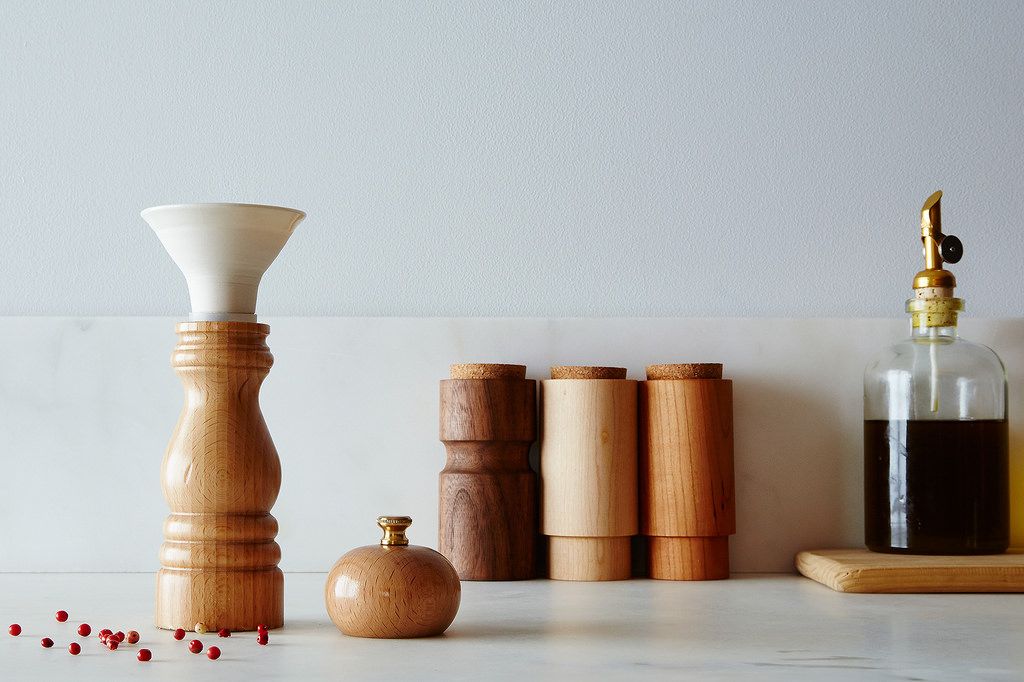

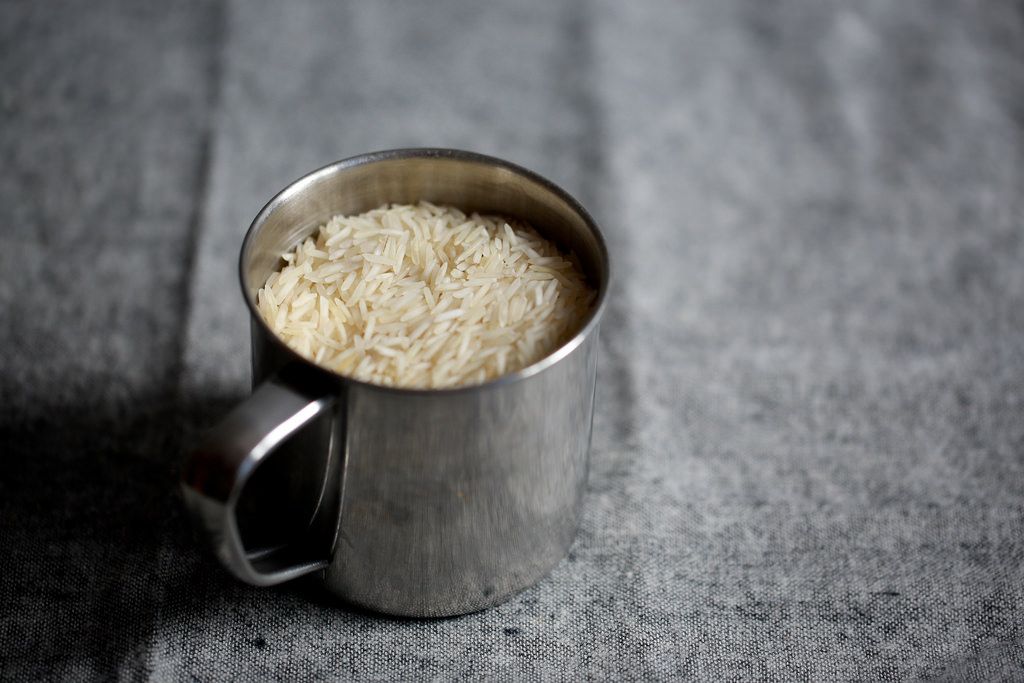


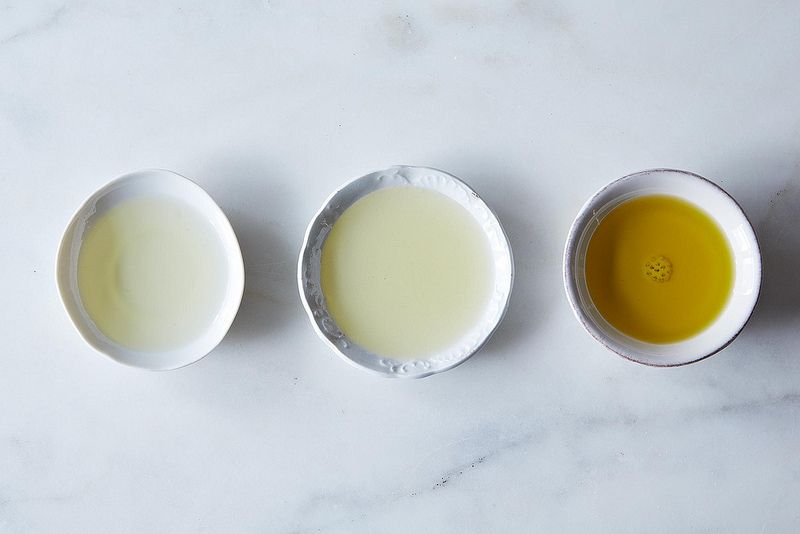

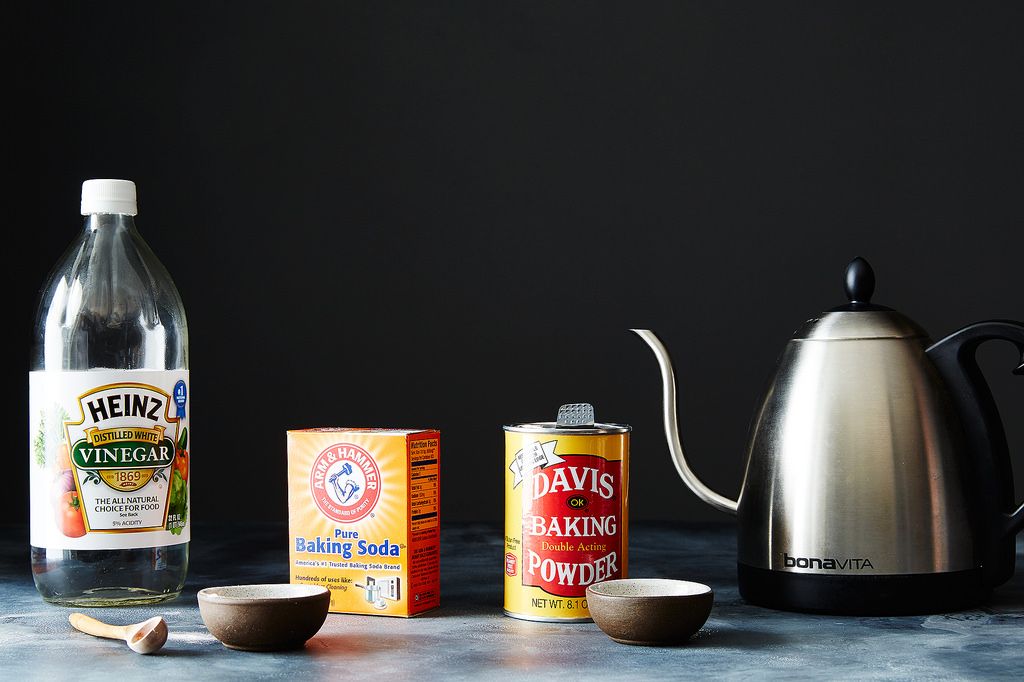


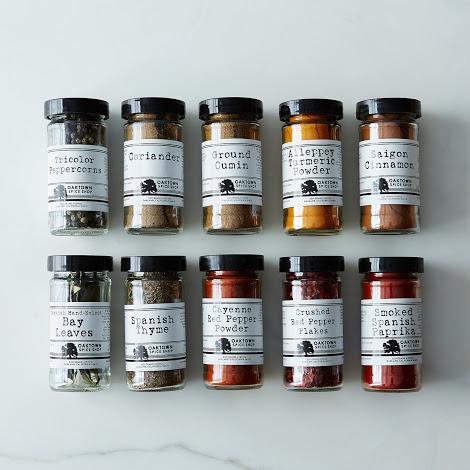
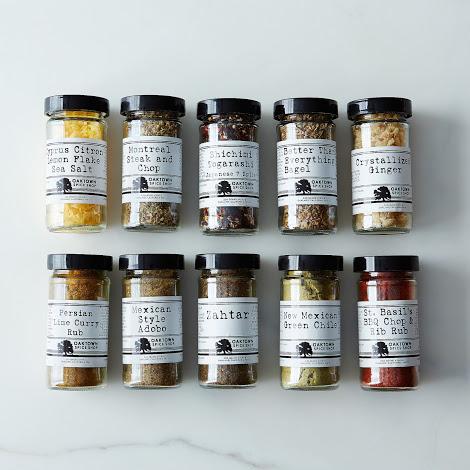
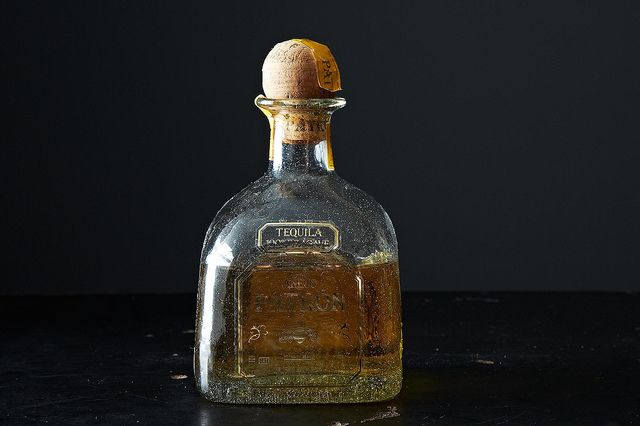

See what other Food52 readers are saying.